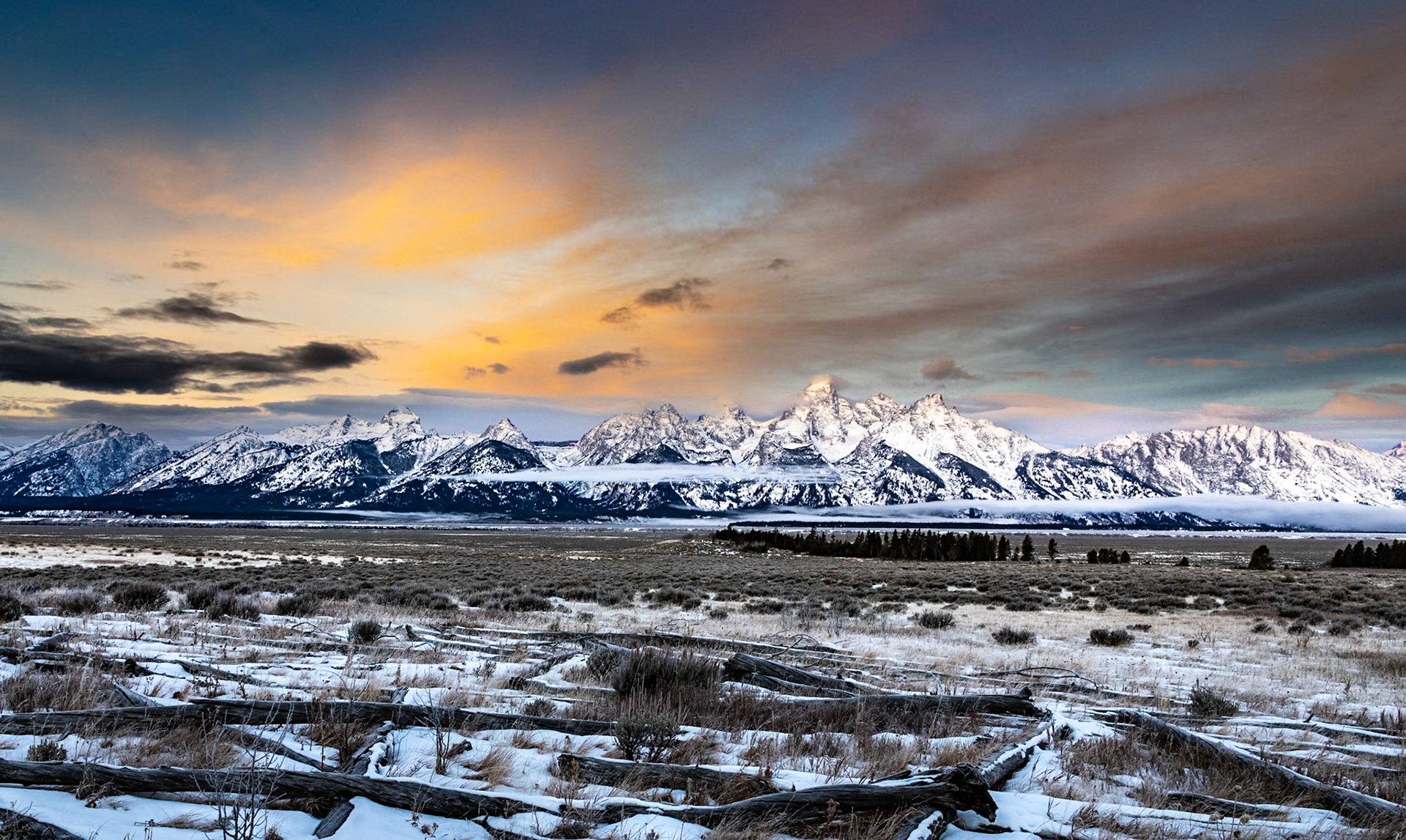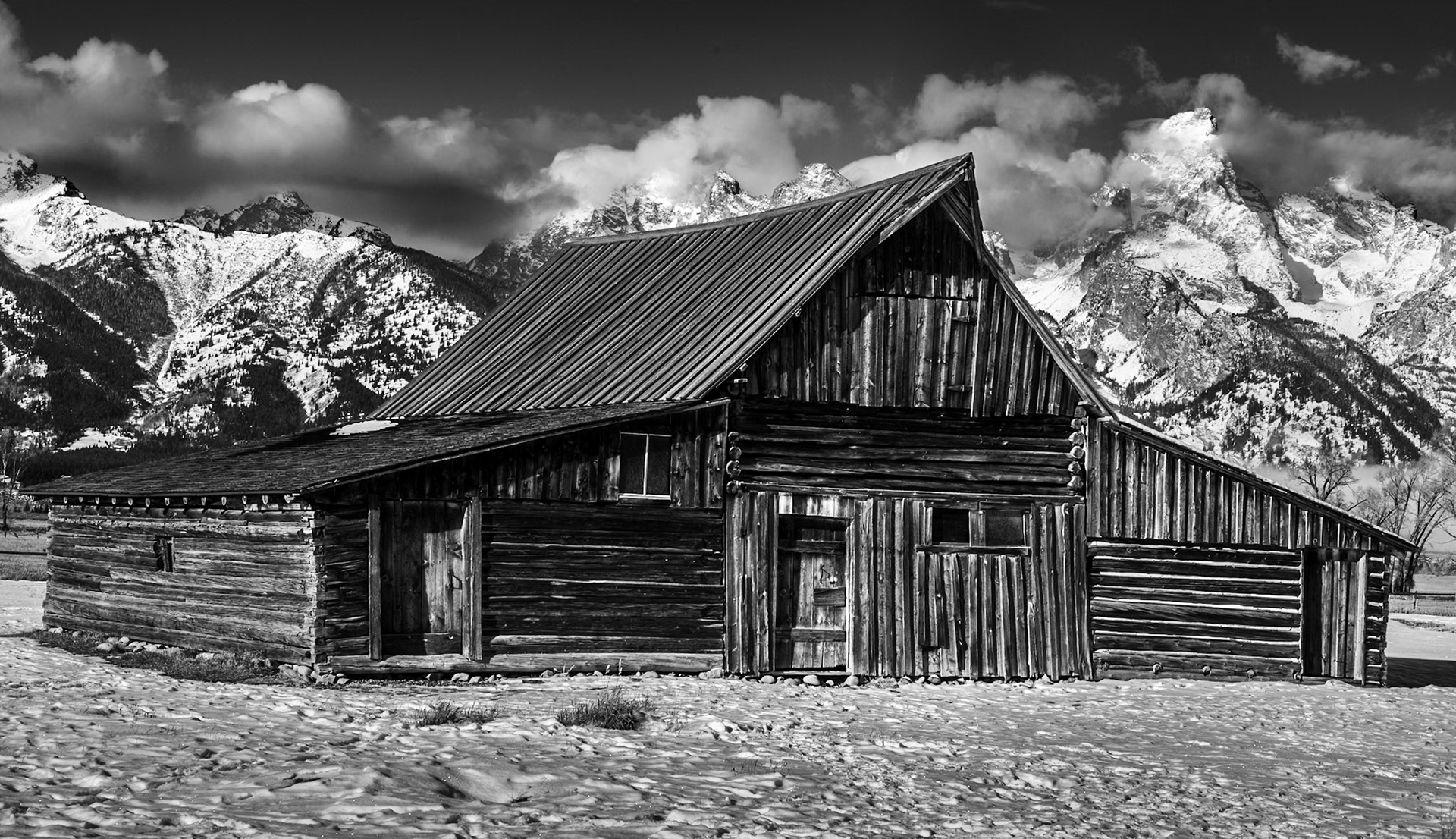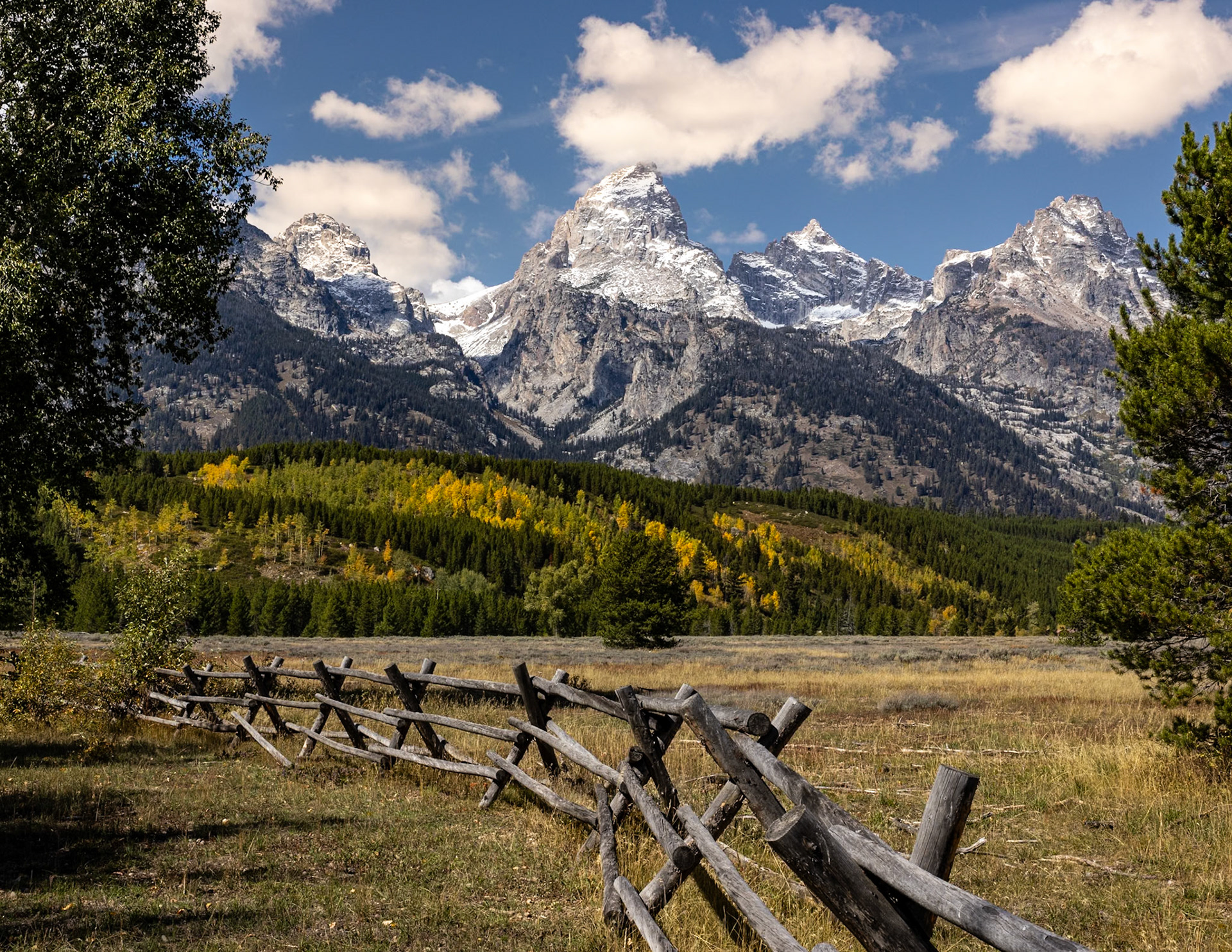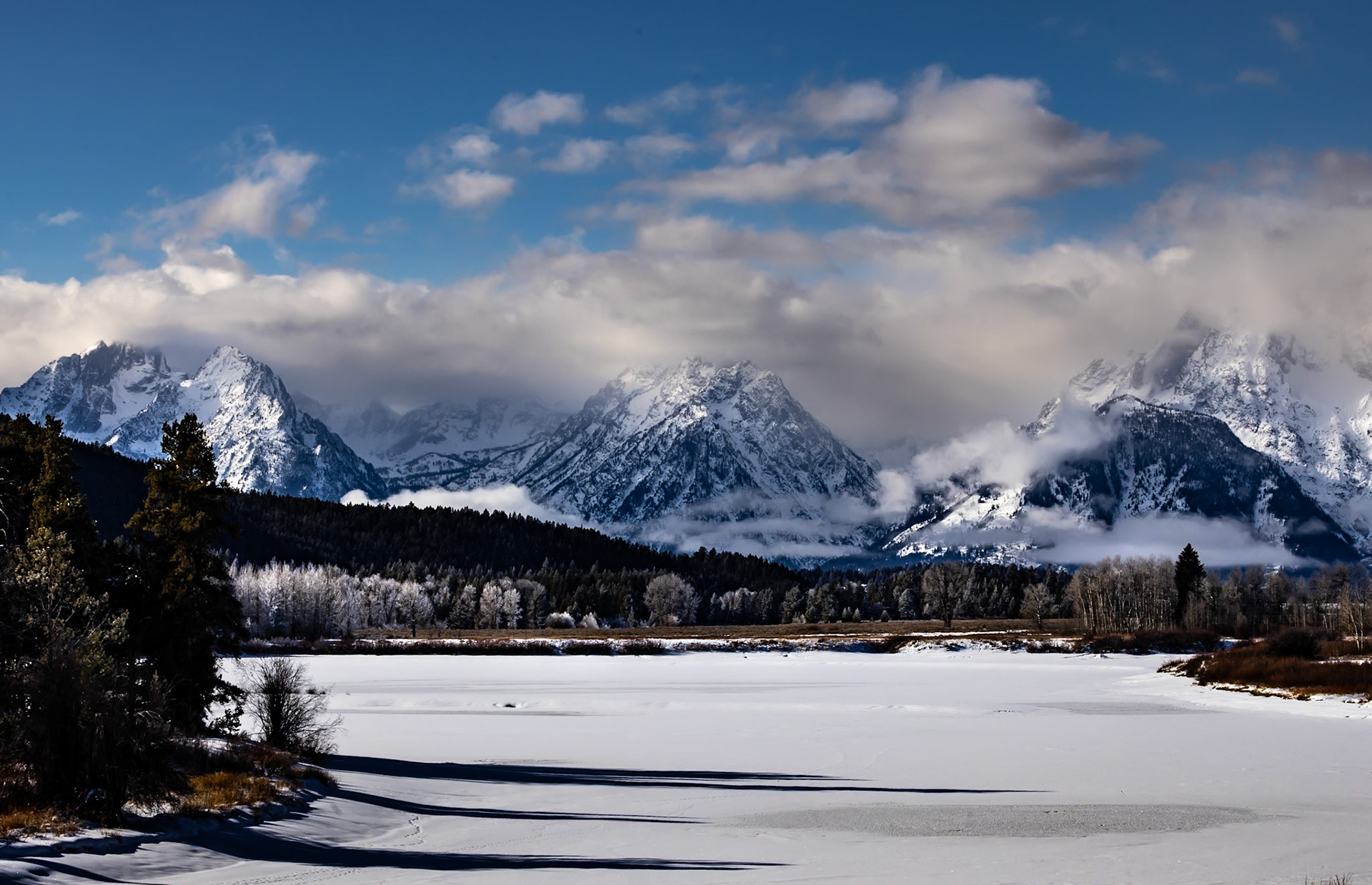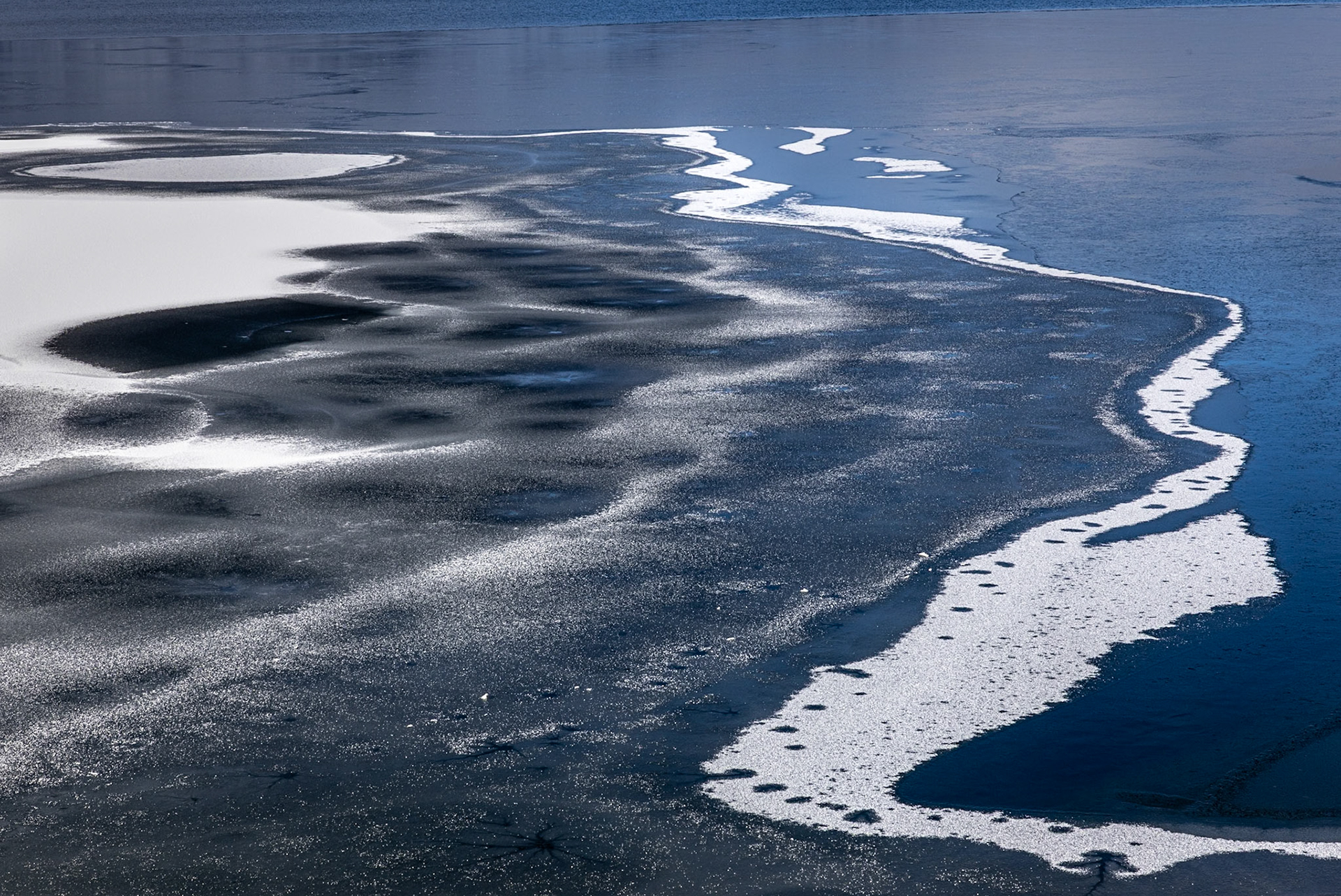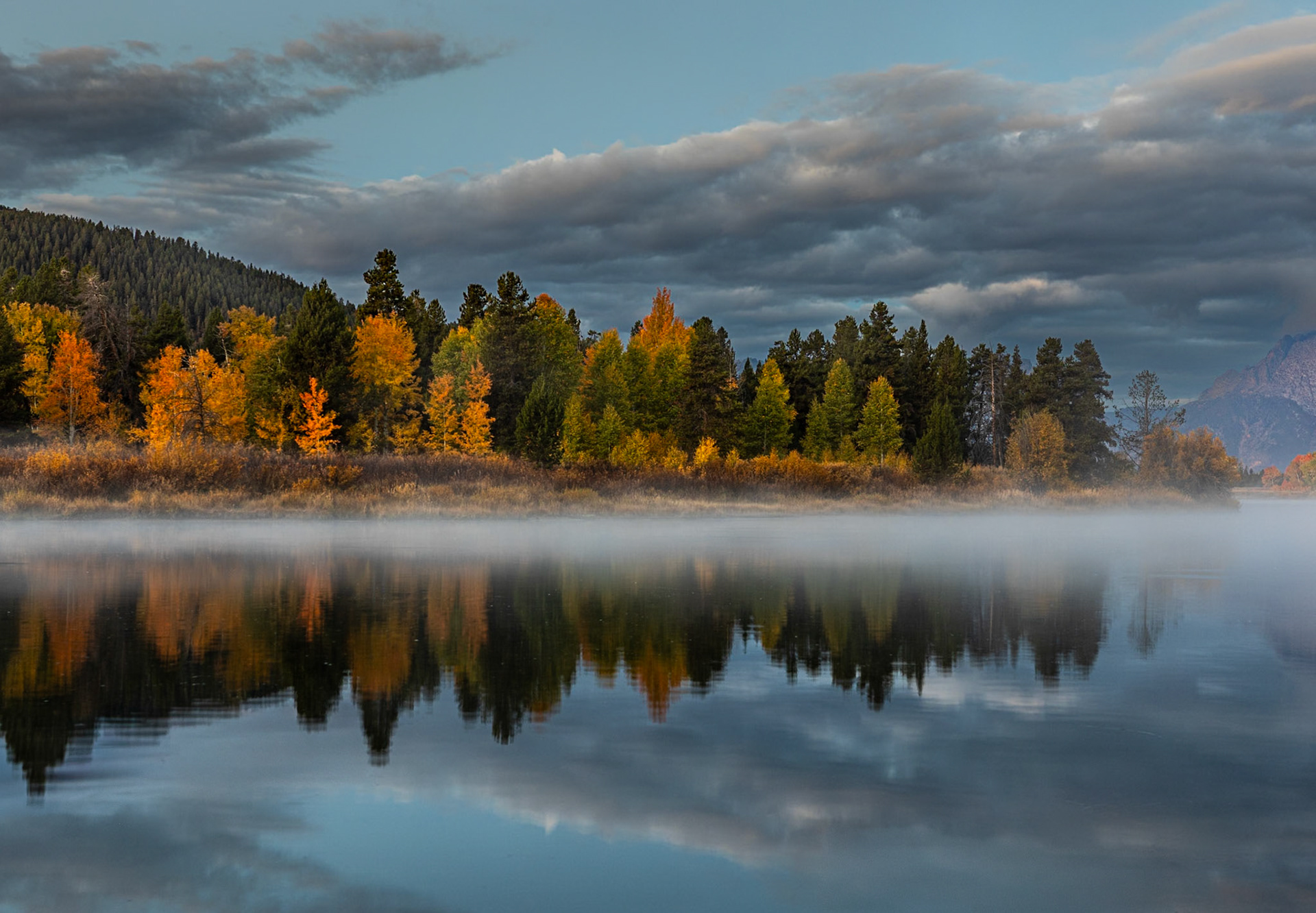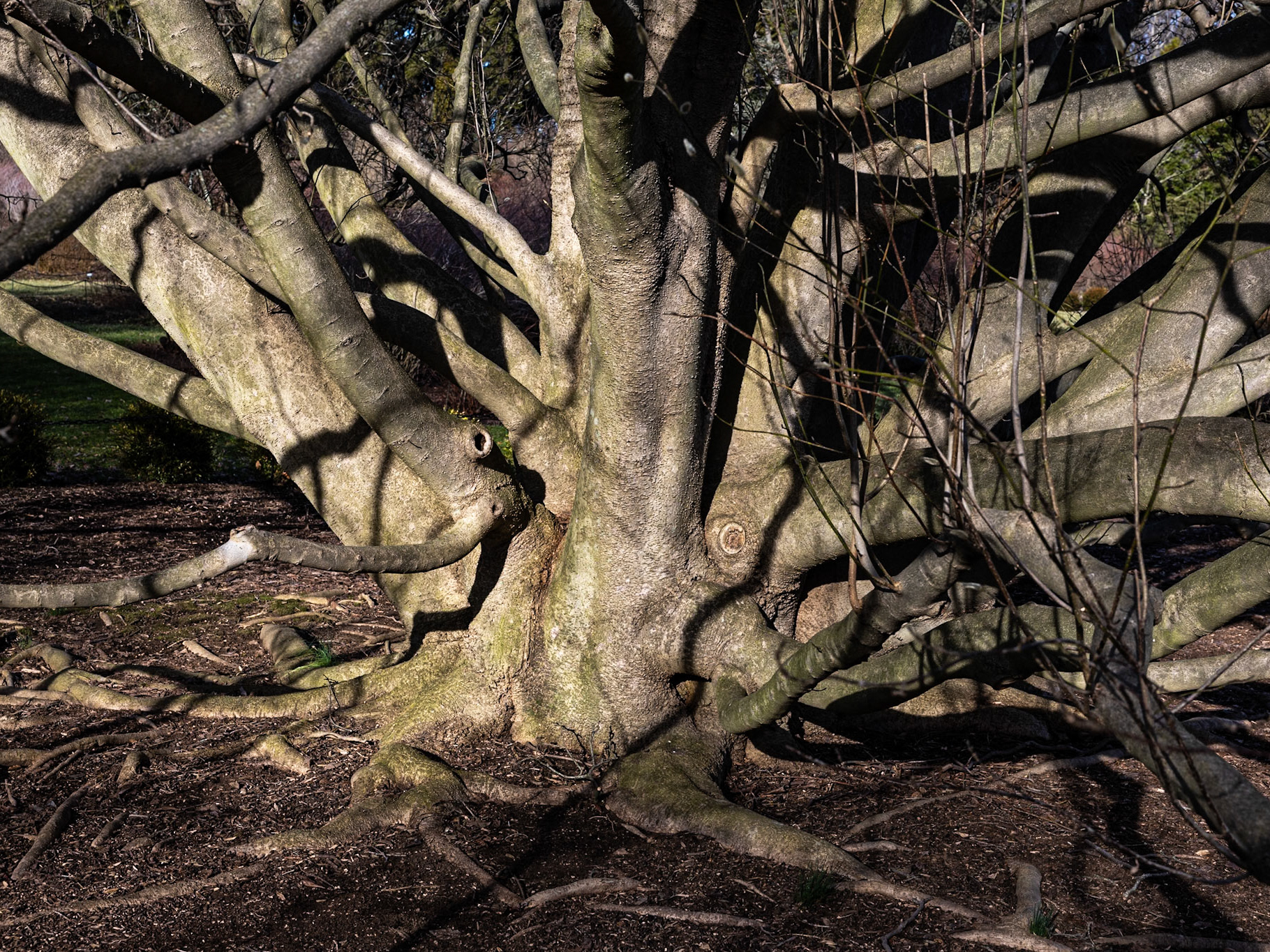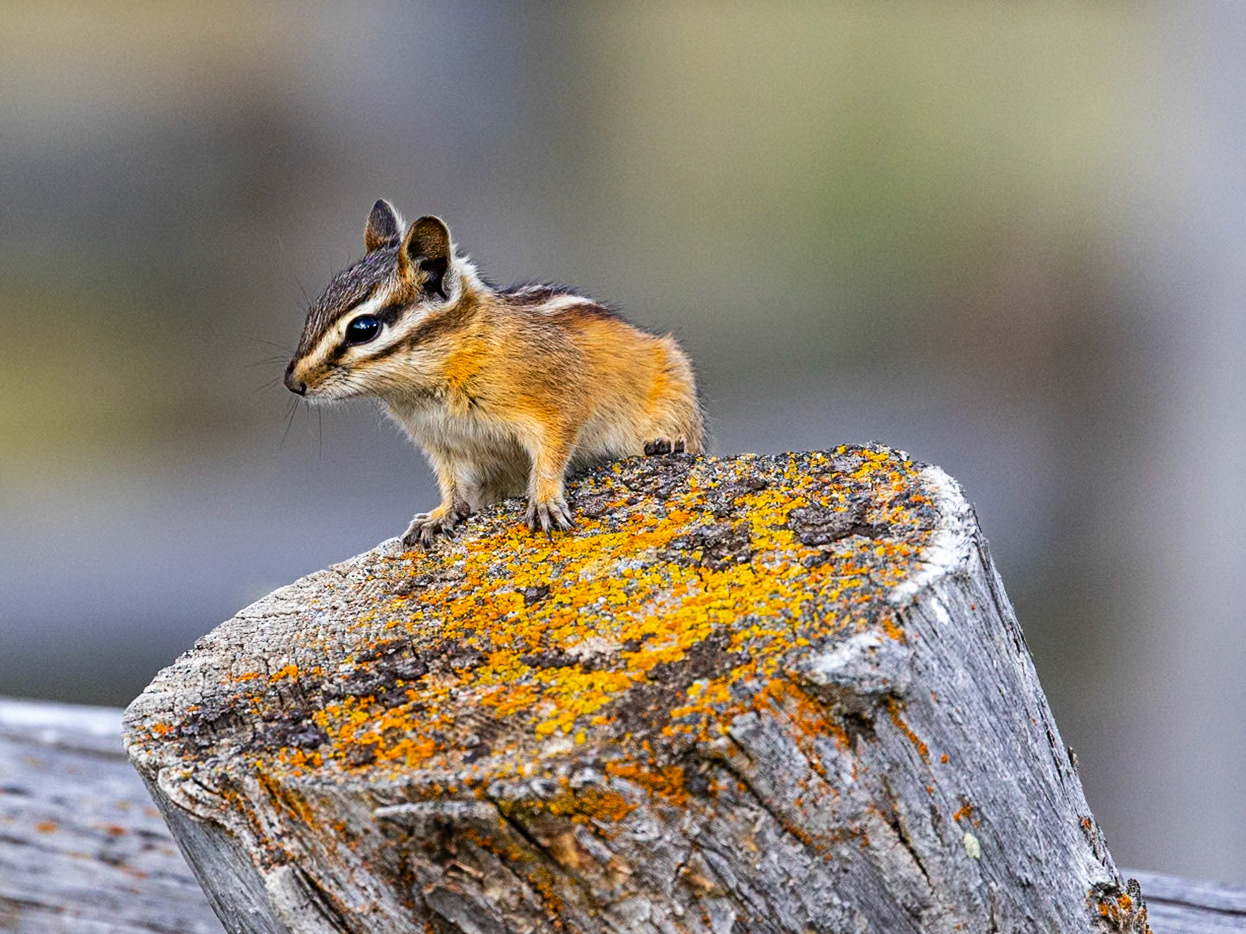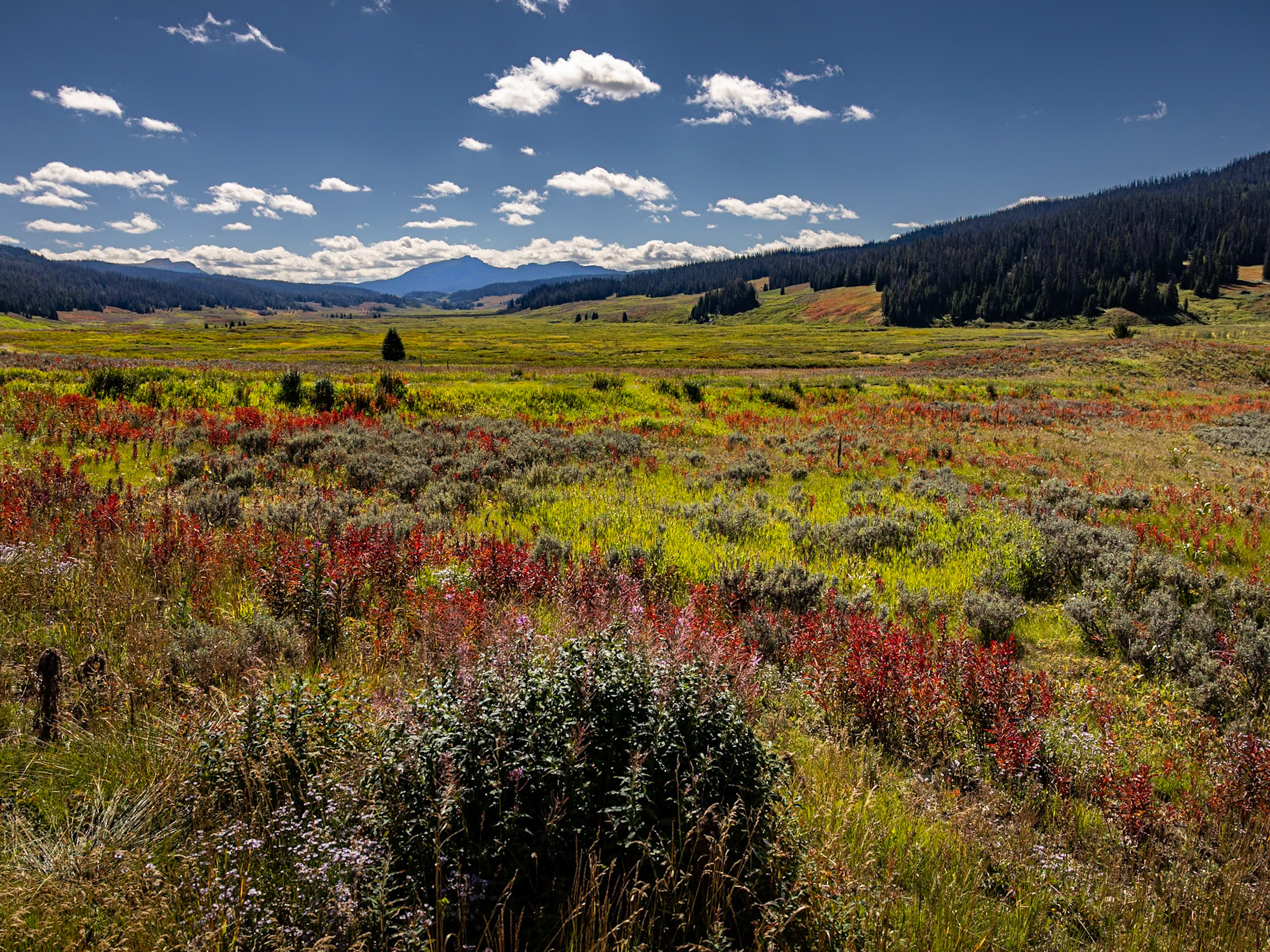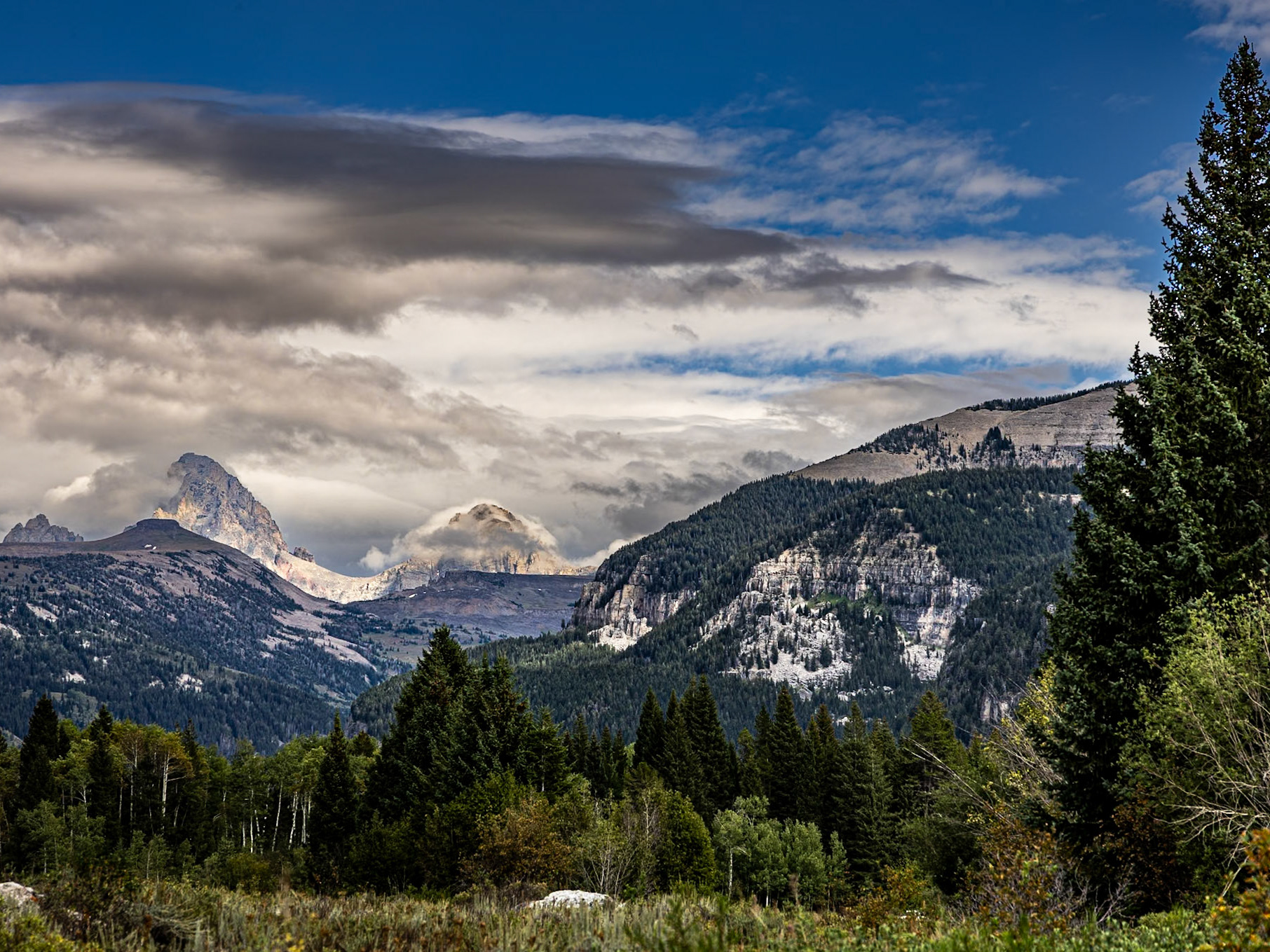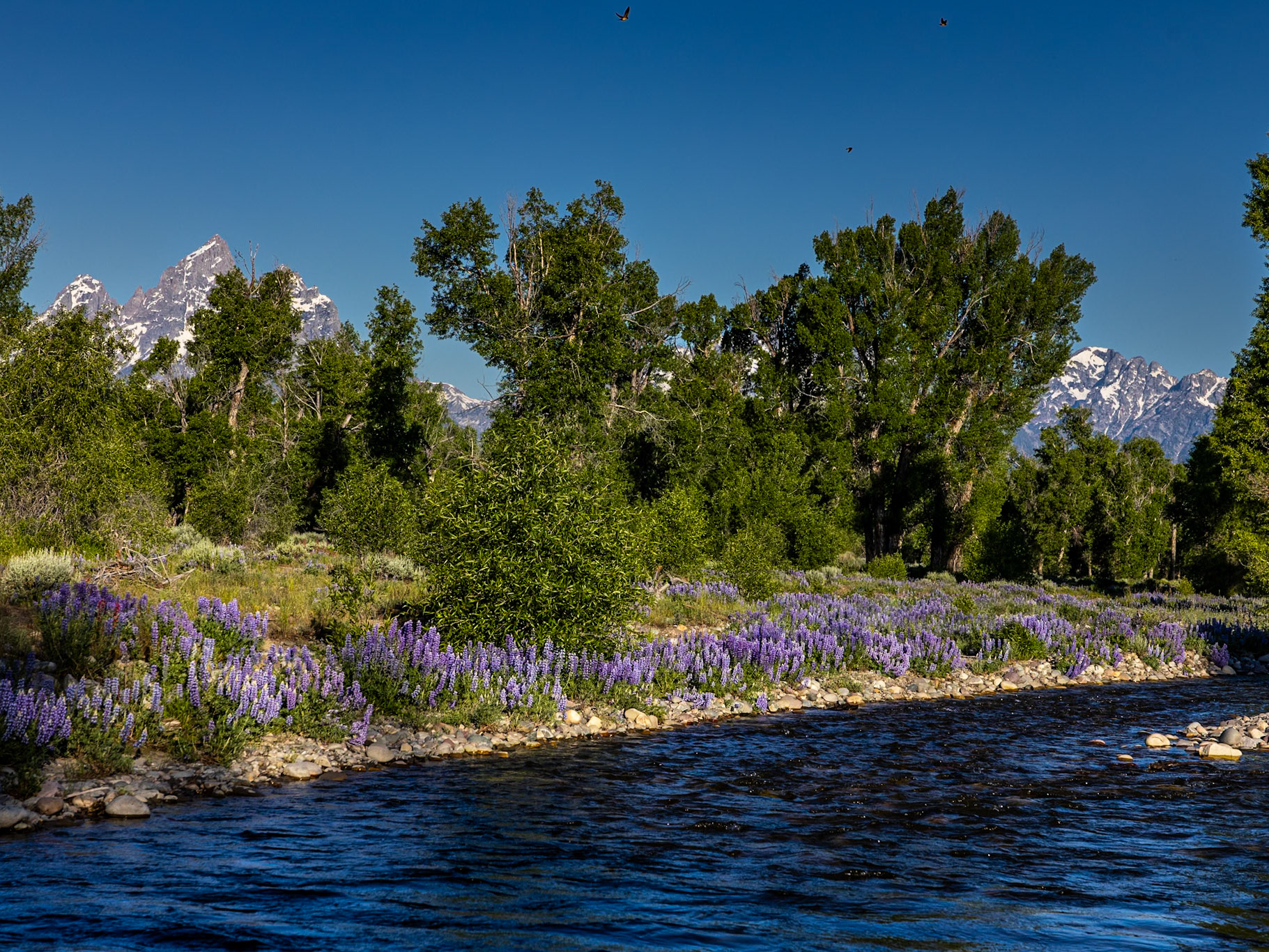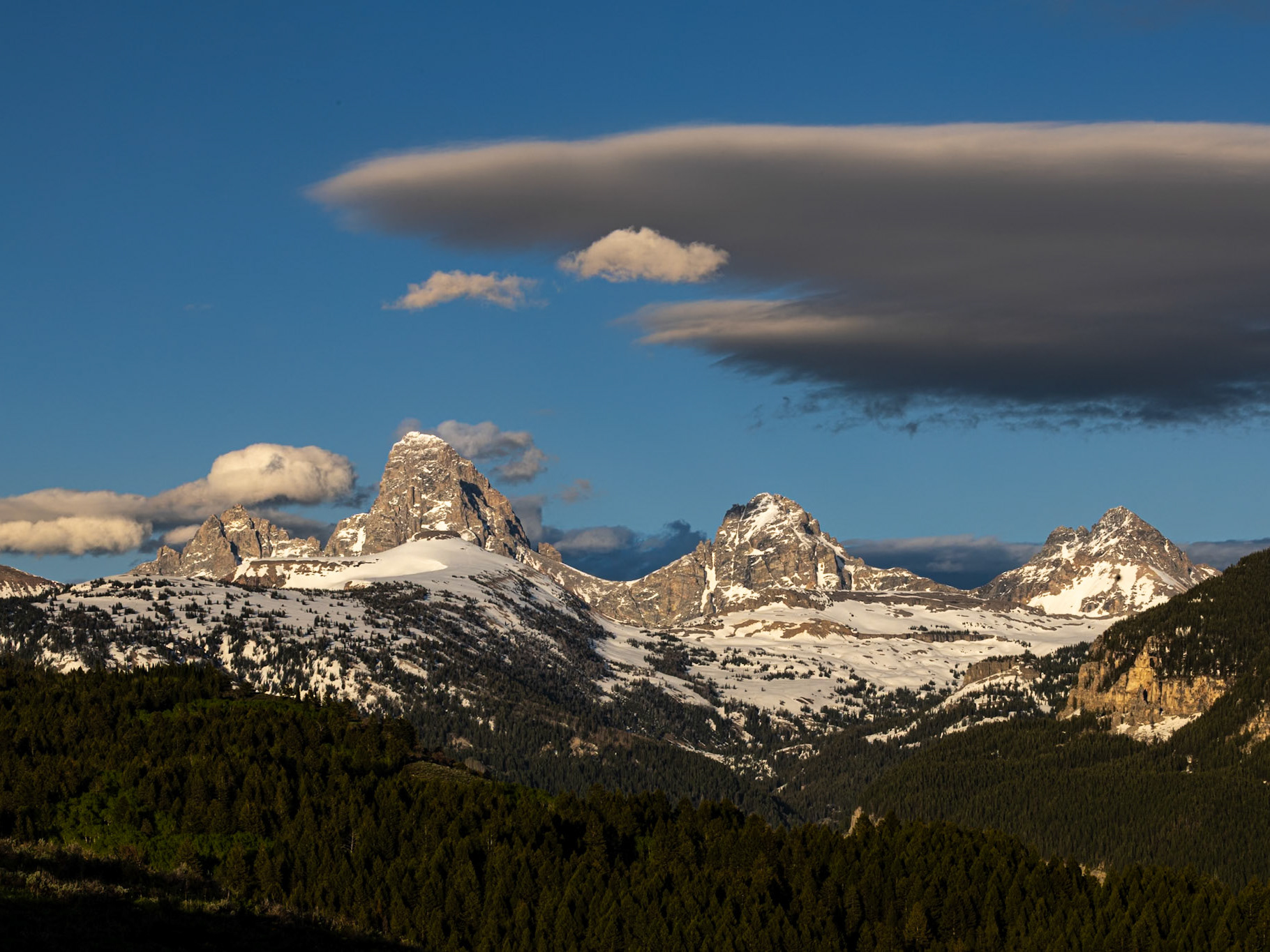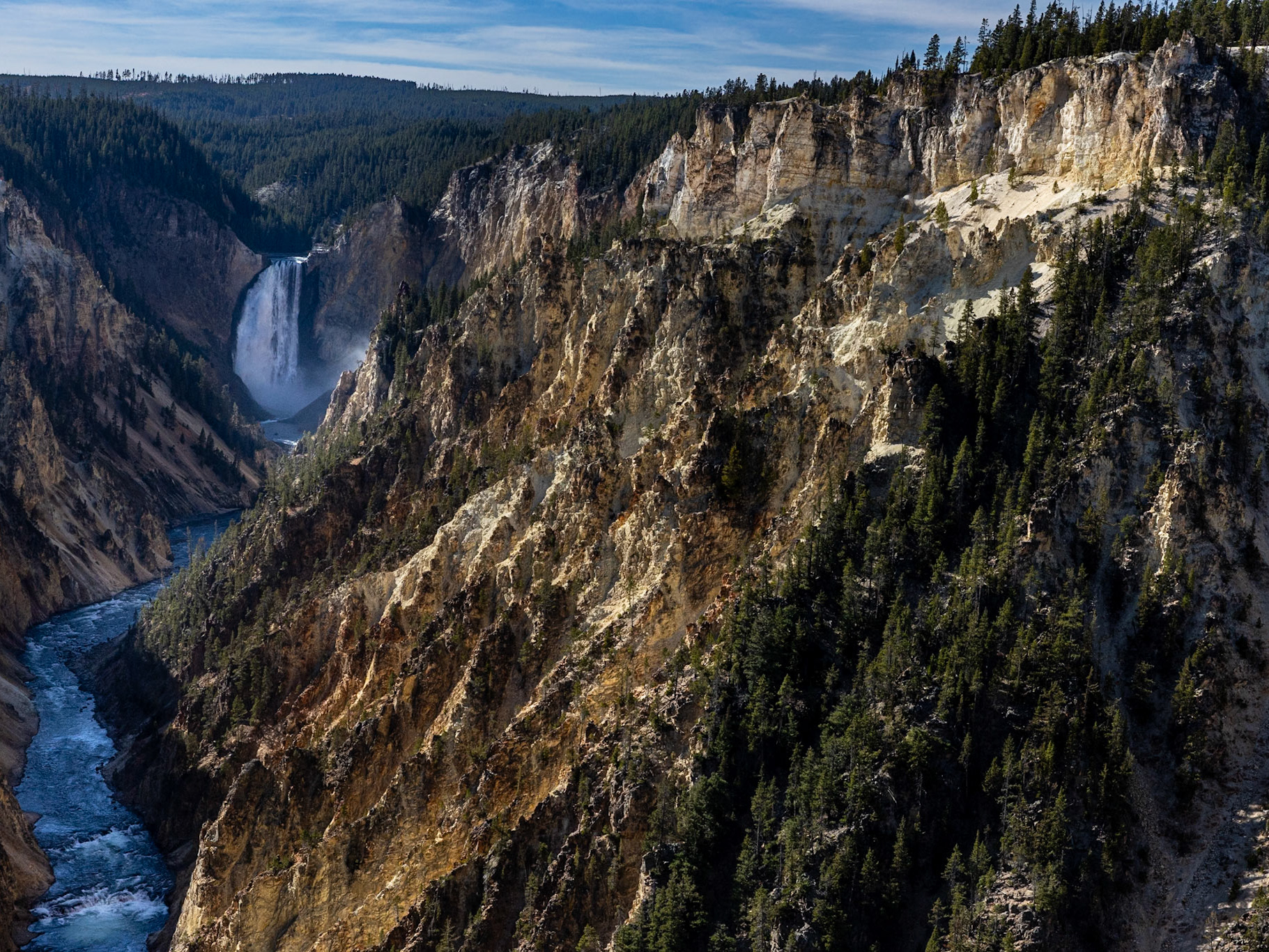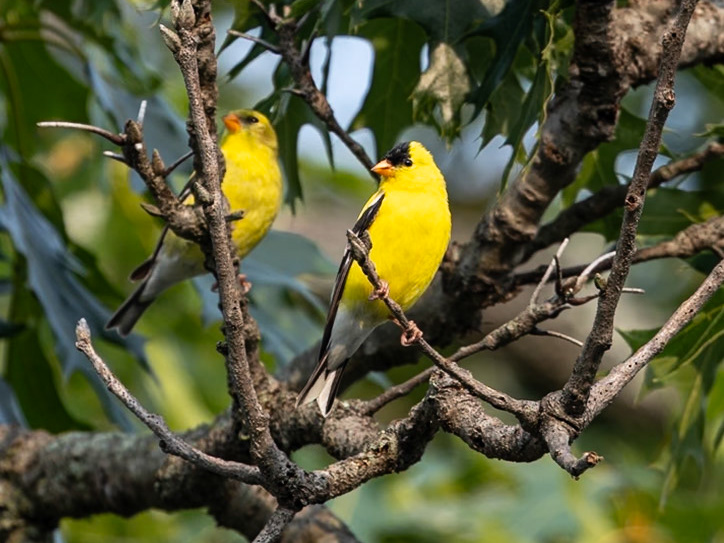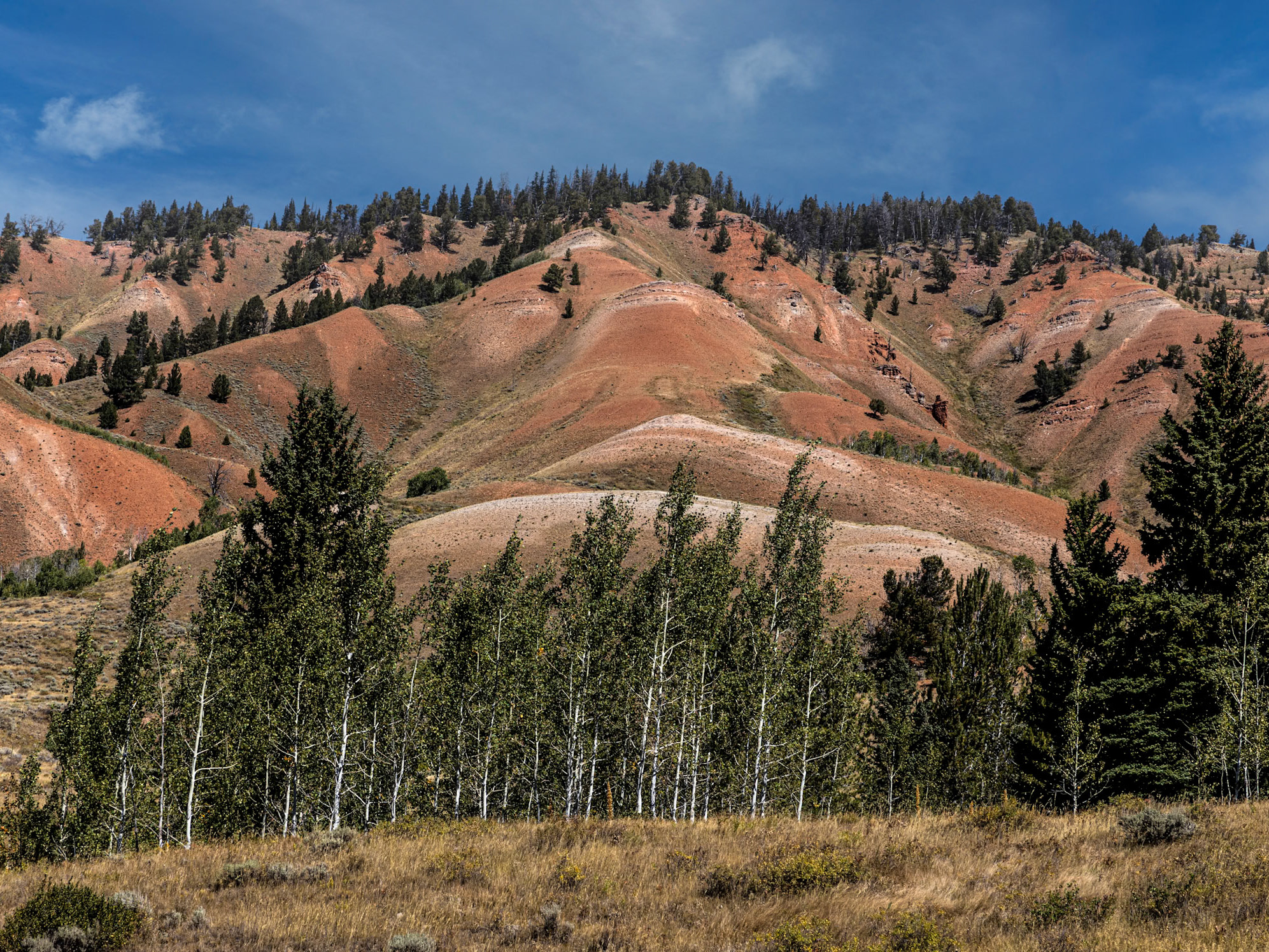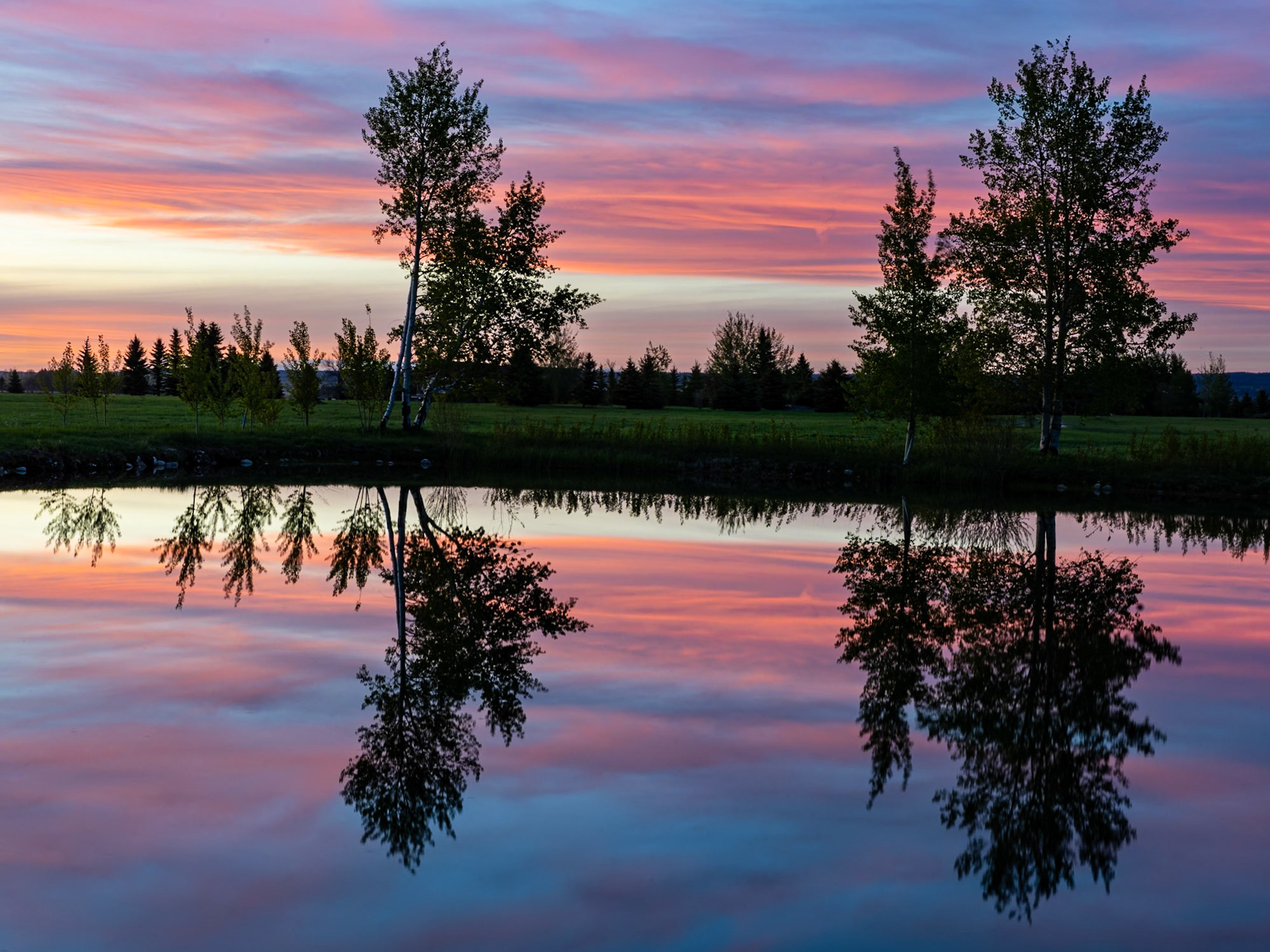Grand Teton National Park (GTNP) is one of the most beautiful and dramatic places on earth. While the Teton Mountain Range is certainly the star of the show, the surrounding lakes, rivers, creeks and valleys create great diversity and interest. At approximately 310,000 acres, the park is relatively small in comparison to Yellowstone National Park, its big brother to the north. Established in 1929, GTNP has grown over the years -- most notably when land that had been acquired by John D. Rockefeller Jr. became the Jackson Hole National Monument and was subsequently incorporated into GTNP in 1950. The expansion continues to the present as private ranches are incorporated into the park as part of past generations' succession plans.
Although GTNP is visited by millions of tourists each year, the vast majority don't venture beyond the parking lots and turnouts. Beyond these crowded paved areas, the park remains largely pristine. More adventurous souls (and soles) can hike deep into the park's interior via trails that wind their way up the many canyons that bisect the towering peaks. If properly outfitted, hikers can continue for days, eventually exiting the park on the southern or western slopes. GTNP is home to some of the world's most beautiful and interesting flora and fauna. No joke, don't feed the bears and always carry bear spray while hiking. And slow down on the roads since the elk, moose, deer and buffalo seem to emerge from nowhere to cross the roads, especially at dawn and dusk.
The park -- and especially the Teton Range -- is one of the most photographed places in the world. Yet this place offers unending opportunities for photographic creativity and originality. Yes, sunrise at Jenny Lake, Schwabacher Landing or Oxbow Bend are magical places that you must photograph, but there is so much more off the beaten path. Always have your camera near by while driving since wildlife sightings can be unpredictable and sudden. While parts of the park are closed to traffic in the winter, many areas remain accessible year round. When the snow comes and the road between Taggart Lake and Signal Mountain is closed to cars, it's open for cross country skiing. The same applies to much of Moose-Wilson Road. Again, have the camera close by.

